
Os tibiale externum Image
Its prevalence is approximately 30% and represents the classically known os tibiale externum. Type I accessory navicular are usually asymptomatic (Fig. 2). Interestingly, the os tibiale externum has been commonly described as a sesamoid in the literature [3-7], which represents a different concept from an accessory ossicle. The distinction.
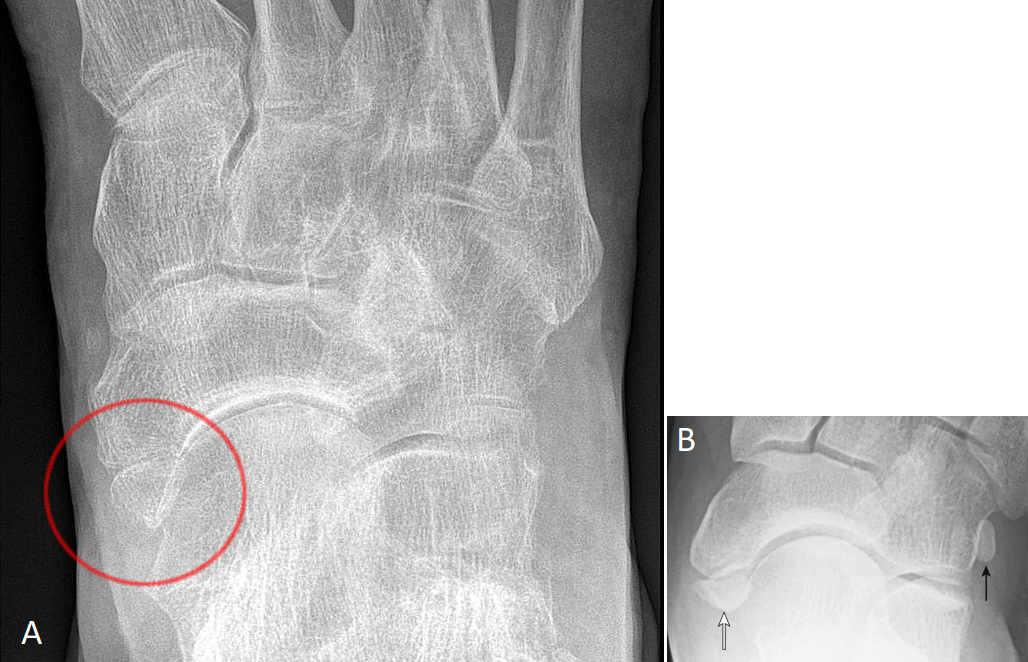
Os Tibiale Externum Ortobas
os tibiale externum (accessory navicular) os trigonum os calcaneus secundaris os calcanei accessorium 6 os intermetatarseum pars peronea metatarsalis primi (pars peronea metatarsalia) os supratalare bipartite hallux sesamoid os supranaviculare os infranaviculare (cuneonavicular ossicle) 5 os intercuneiforme os vesalianum pedis os sustentaculi

Os_tibiale_externum Don't the Bubbles
Os tibiale externum (accessory navicular) is a large ossicle adjacent to the medial side of the navicular bone. The tibialis posterior tendon often inserts with a broad attachment onto the ossicle, which may cause a painful tendinosis due traction between the ossicle and the navicular. Such changes are best seen on MRI. Credit: Dr Donna D'Souza.
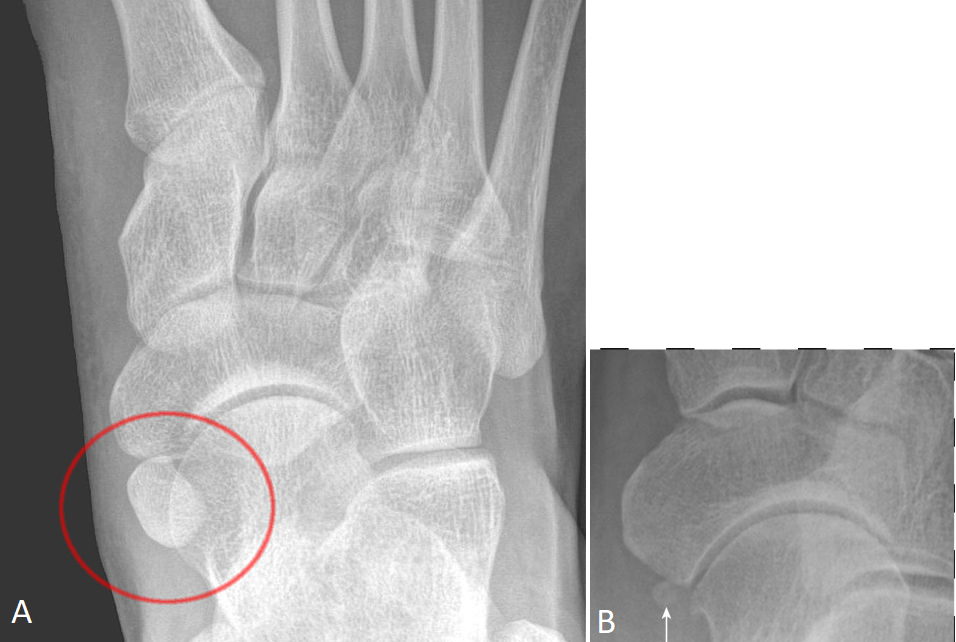
Os Tibiale Externum Ortobas
For e.g., the accessory navicular bone is also known as tibiale externum, prehallux, os supranavicular, talonaviculare ossicle, and Pirie's bone [ 2 ].

Os tibiale externum Image
An accessory bone or supernumerary bone is a bone that is not normally present in the body, but can be found as a variant in a significant number of people. It poses a risk of being misdiagnosed as bone fractures on radiography. [2] Wrist and hand [ edit] X-ray of the wrist, with most common accessory bones labeled. [3]

Lower Extremity Os Foot & Ankle Orthobullets
Accessory navicular syndrome (ANS) happens when an abnormal foot growth called the navicular bone (os navicularum or os tibiale externum) creates pain on the side of the foot between the medial arch and heel.

Lower Extremity Os Foot & Ankle Orthobullets
Os tibiale externum (OTE) also termed accessory navicular, os naviculare, or os navicularis is a common accessory bone in the foot located medial and sometimes proximal to the navicular tuberosity. It is attached and continuous with the tibialis posterior tendon and is present in 10 to 15% of the population either unilateral or bilateral.

Os tibiale externum Geist classification Radiology Case Bone diseases
The os tibiale externum(1) also called the accesory navicular is the most commonly found accesory ossicle of the foot with reported incidence of about 25-30%. It is located on the posteromedial aspect of the foot adjacent to the posteromedial tuberosity of the navicular bone. Three types of accessory tibiale externum have been described in.
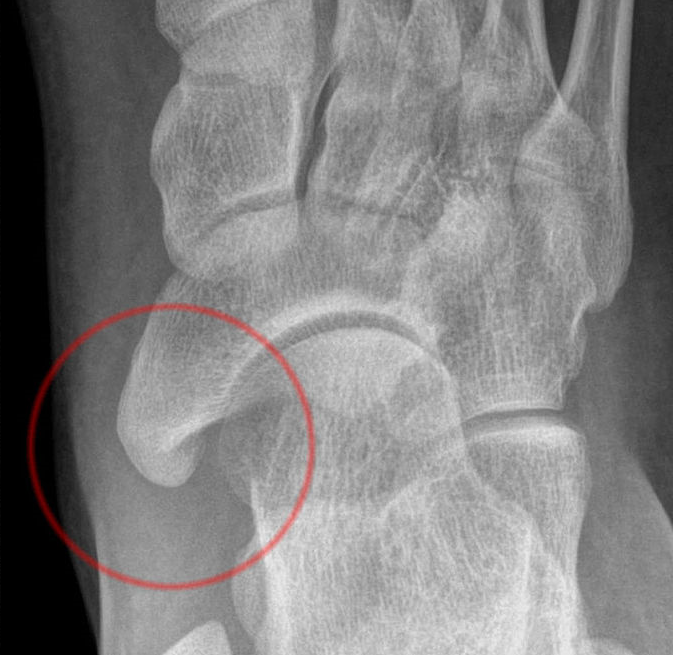
Os Tibiale Externum Ortobas
The accessory navicular syndrome, also known as os naviculare syndrome occurs when a type II accessory navicular becomes painful due to movement across the pseudo-joint between the ossicle and the navicular bone.. Radiographic features Ultrasound. It can be inferred on musculoskeletal ultrasound if a patient's pain is located at a type II accessory navicular and the patient is tender to.
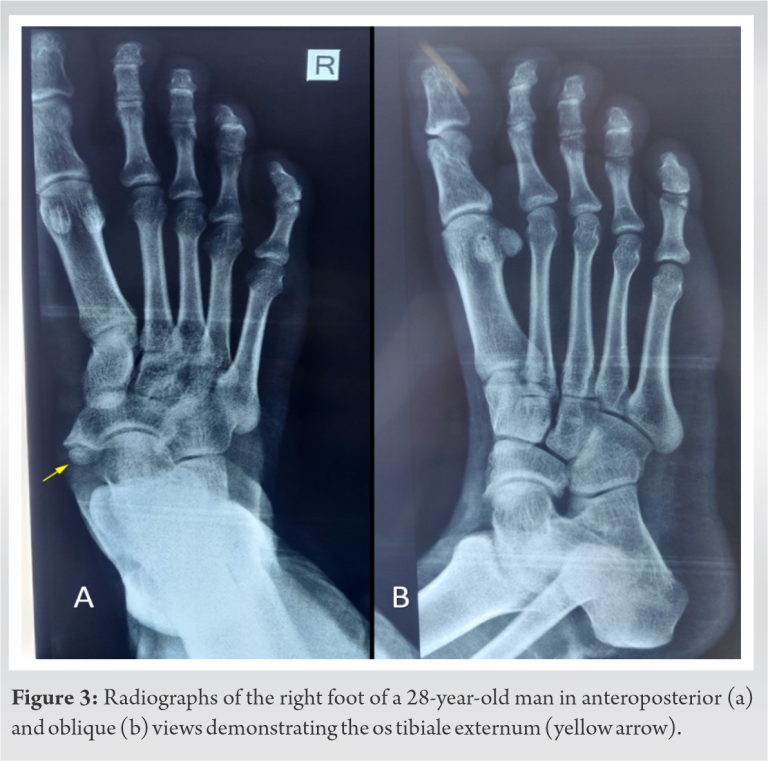
Beyond the obvious Exploring Os Tibiale Externum and Os Peroneum in Foot and Ankle Pain A
The os tibiale externum is also known as accessory navicular bone, os naviculare secundarium, accessory (tarsal) scaphoid, or prehallux. It is found within the tibialis posterior tendon near its insertion on the navicular bone. The os peroneum is a small sesamoid bone located within the peroneus longus tendon, adjacent to the cuboid.

Os tibiale externum Image
Accessory navicular. The accessory navicular is also known as the os tibiale, os tibiale externum, or naviculare secundarium. Estimated prevalence has been set in between 4 and 21% [1,2,3].A recent long series by Kalbouneh et al. estimates it as 20.9% [].The accessory navicular is located adjacent to the postero-medial tuberosity of the bone, and three different configurations exist [].

Os tibiale externum type II Image
Type 1: An os tibiale externum is a 2-3 mm sesamoid bone in the distal posterior tibialis tendon. Usually asymptomatic. Type 2: Triangular or heart-shaped ossicle measuring up to 12 mm, which represents a secondary ossification center connected to the navicular tuberosity by a 1-2 mm layer of fibrocartilage or hyaline cartilage.

Zusätzliches Kahnbein (Os naviculare accessorium, Os tibiale externum ) fussInfo
Also known as 'os tibiale externum' or 'os navicularum', accessory navicular syndrome refers to a congenital abnormality related to the growth of an extra bone within the foot. This additional piece of bone is not present in a normal human foot and grows toward the middle inner part of the foot near the navicular bone.
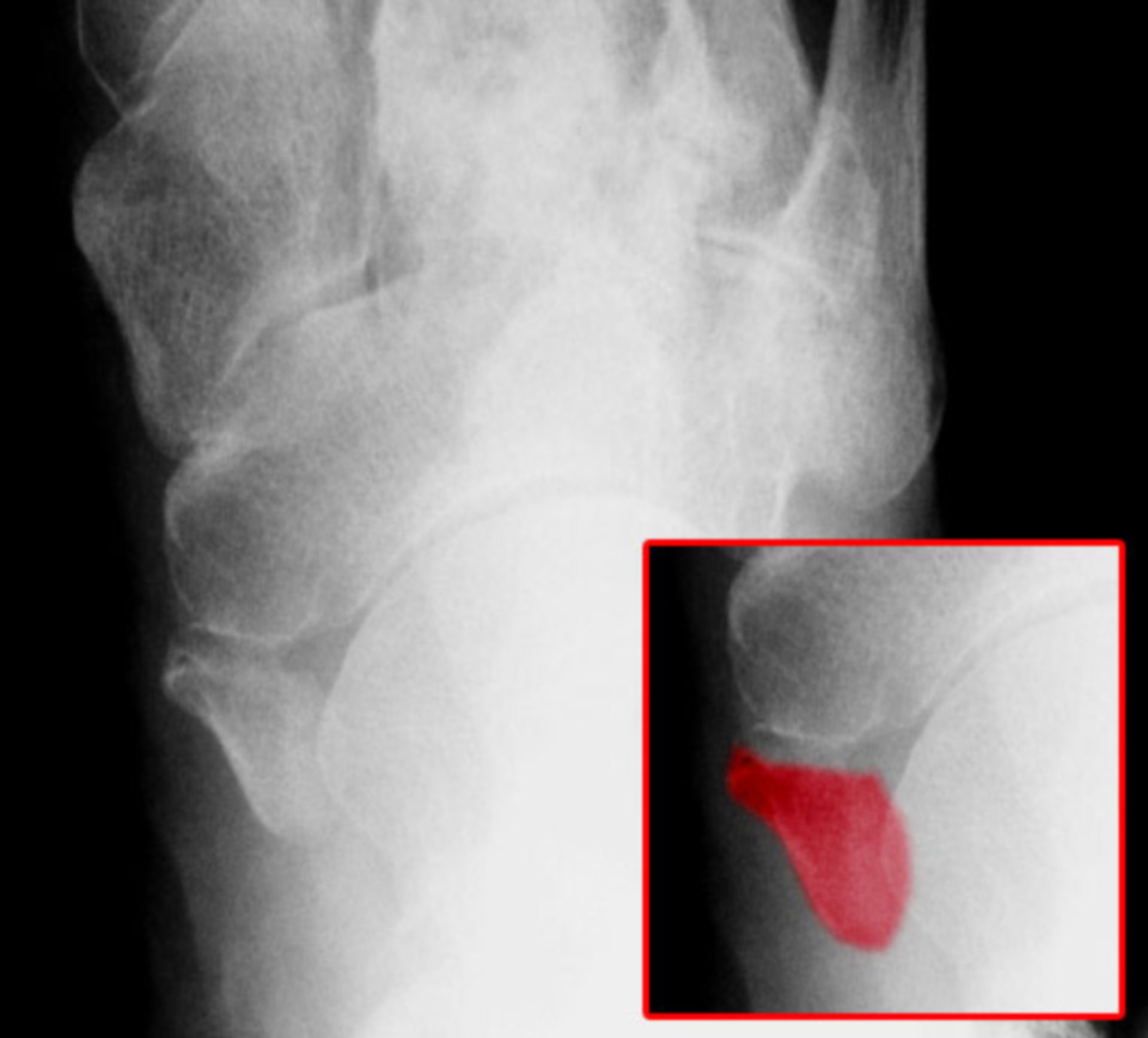
Os tibiale externum DocCheck
Etiology Definition accessory ossicles secondary ossification centers that remain separated from the normal bon sesamoids are bones that are incorporated into tendons and move with normal and abnormal tendon motion Most common ossicles os trigonum accessory navicular (os tibiale externum) os intermetatarseum Most common sesamoids os peroneum

Common Accessory Ossicles of the Foot UW Emergency Radiology
The Geist1 classification divides accessory navicular bones into three types: type 1 accessory navicular bone. also known as os tibiale externum. 2-3 mm sesamoid bone embedded within the distal portion of the posterior tibial tendon. no cartilaginous connection to the naviculam tuberosity and may be separated from it by up to 5 mm.

Treating The Accessory Navicular In Young Athletes
The accessory navicular (os navicularum or os tibiale externum) is an extra bone or piece of cartilage located on the inner side of the foot just above the arch. It is incorporated within the posterior tibial tendon, which attaches in this area and can lead to Accessory Navicular Syndrome. An accessory navicular is congenital (present at birth).